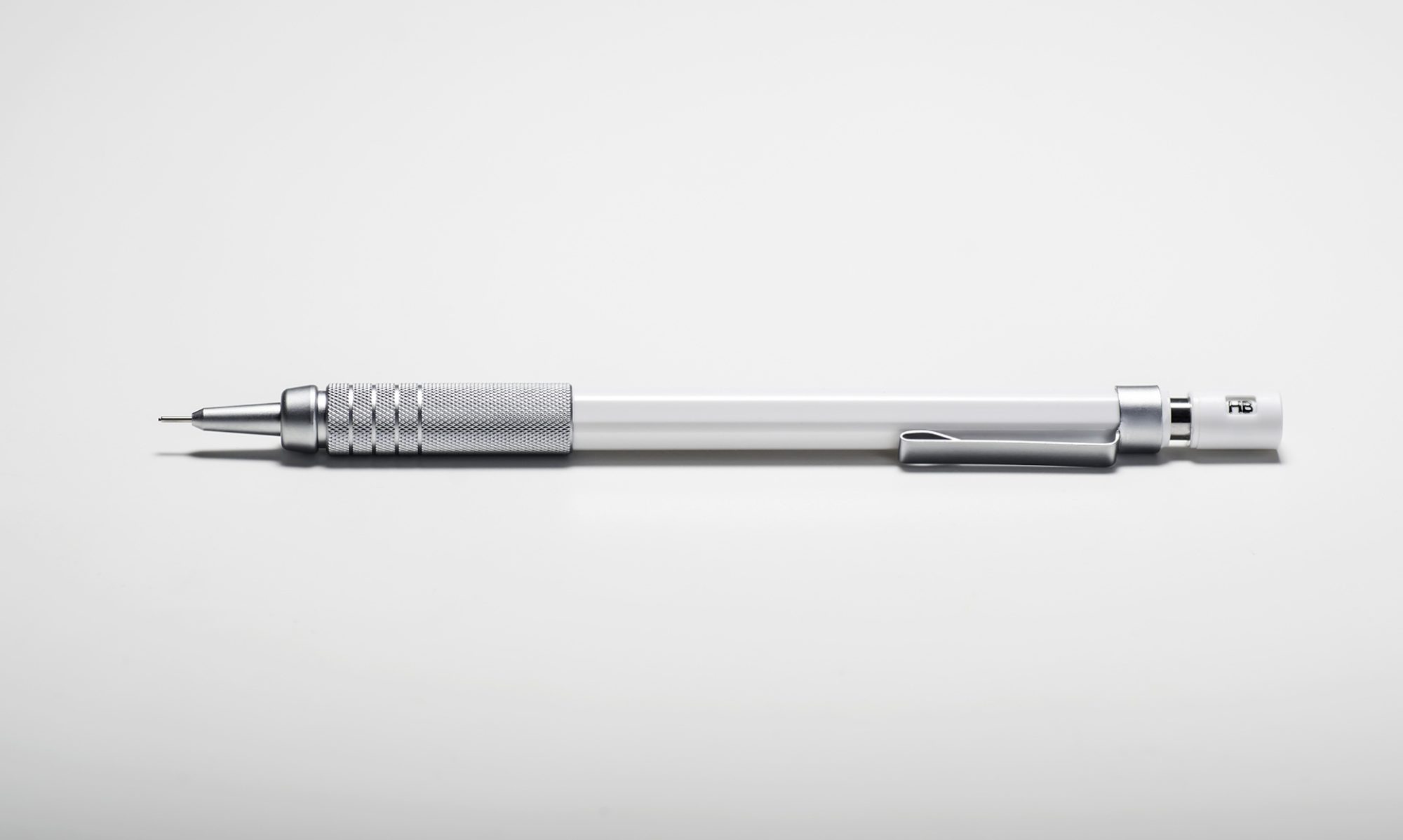Designs sometimes cause dissimilar metals to be in contact within an assembly. Increased variance of the two metals’ anodic index cause accelerated corrosion of the more anodic metal. This is called galvanic corrosion. The variance in anodic index can be controlled somewhat through coatings (paint, epoxy, powder coat, etc) and plating (zinc, chrome, etc).
The table below provides a generalize guide for predicting the anodic corrosion two dissimilar metals are prone to. The service environment also plays a role:
- For harsh environments: outdoors, high humidity, and salt environments fall into this category. Typically there should be not more than 0.15 V difference in the “Anodic Index”. For example; gold – silver would have a difference of 0.15V being acceptable.
- For normal environments: storage in warehouses or non-temperature and humidity controlled environments. Typically there should not be more than 0.25 V difference in the “Anodic Index”.
- For controlled environments: where the temperature and humidity controlled, 0.50 V can be tolerated. Caution should be maintained when deciding for this application as humidity and temperature do vary from regions.
Anodic Index
| Metallurgy |
Index (V) |
| Gold, solid and plated, Gold-platinum alloy |
0.00 |
| Rhodium plated on silver-plated copper |
0.05 |
| Silver, solid or plated; monel metal. High nickel-copper alloys |
0.15 |
| Nickel, solid or plated, titanium an s alloys, Monel |
0.30 |
| Copper, solid or plated; low brasses or bronzes; silver solder; German silvery high copper-nickel alloys; nickel-chromium alloys |
0.35 |
| Brass and bronzes |
0.40 |
| High brasses and bronzes |
0.45 |
| 18% chromium type corrosion-resistant steels |
0.50 |
| Chromium plated; tin plated; 12% chromium type corrosion-resistant steels |
0.60 |
| Tin-plate; tin-lead solder |
0.65 |
| Lead, solid or plated; high lead alloys |
0.70 |
| Aluminum, wrought alloys of the 2000 Series |
0.75 |
| Iron, wrought, gray or malleable, plain carbon and low alloy steels |
0.85 |
| Aluminum, wrought alloys other than 2000 Series aluminum, cast alloys of the silicon type |
0.90 |
| Aluminum, cast alloys other than silicon type, cadmium, plated and chromate |
0.95 |
| Hot-dip-zinc plate; galvanized steel |
1.20 |
| Zinc, wrought; zinc-base die-casting alloys; zinc plated |
1.25 |
| Magnesium & magnesium-base alloys, cast or wrought |
1.75 |
| Beryllium |
1.85 |
